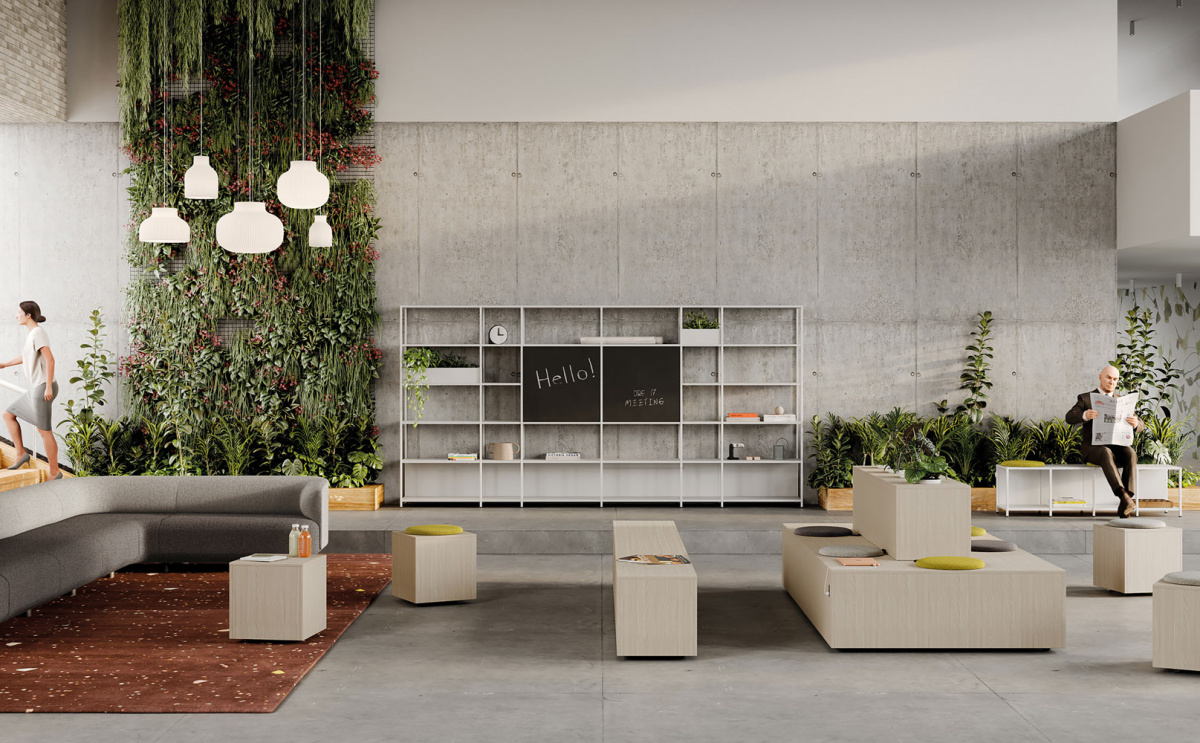By now we are past the “back to the office” phase: some people have returned to the office on a permanent basis, some have chosen hybrid forms of work and some have decided to work exclusively from home.
The world, however, is constantly changing: companies cannot afford to relax too much in the status quo, especially if they want to retain their increasingly demanding and attentive workforce.
According to a recent study by the French company JLL, there is growing and steady awareness on issues such as mental health and all-round well-being. 75% of interviewees said they’re struggling because they cannot find the time to take care of themselves in these terms.
These are the situations that require companies to step up by transforming their workplaces with a “human-centered” approach. The result is the so-called Regenerative Workplace, a physical and metaphorical space where people can feel mentally and physically supported to achieve their work and personal goals.
The steps of human-centric design
JLL’s human-centric approach is developed in five steps, which embrace both corporate policy and workspace design.
- People’s health and energy are the company’s greatest asset.
- Listen to employees and understand what can help them work to the best of their ability.
- Integrate all remote work benefits (flexibility, comfort, etc) into on-site work.
- Make the office a collaborative and inclusive space that is attentive to the well-being of employees.
- Think long-term and holistically to create a corporate culture that is attentive to individual and collective needs.
These five guidelines aim to improve the lives of all employees by making them feel safe, accepted and supported in times of need. This is an essential prerequisite for maintaining high productivity and loyalty to the company.

How do you design a Regenerative Workspace?
From a design standpoint, the features of the Regenerative Workspace reflect all trends that have been gaining ground in the post-Covid period, which we discussed in detail in our 2023 office article.
The company must work to offer its employees the best in terms of:
- ergonomics in operative furniture
- design flexibility
- environment versatility
- acoustic and visual comfort
How? By studying the space and those who live in it every day. But above all, by paying attention to changes and by adapting quickly to new market and everyday life challenges.

